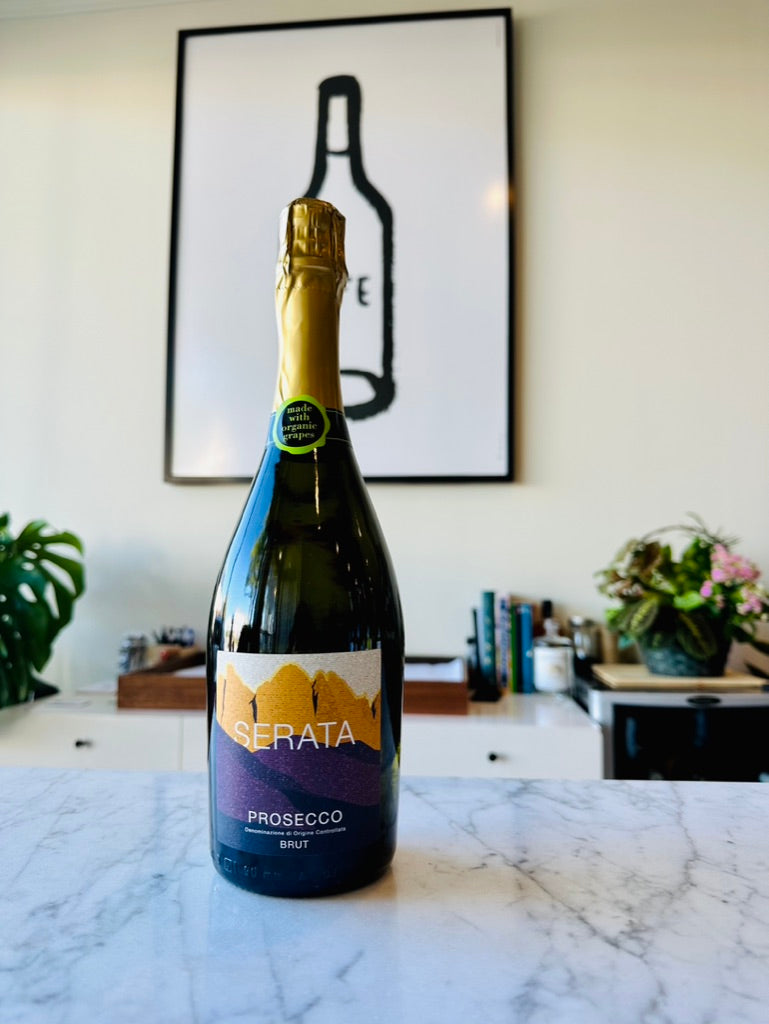Four Amari We Love Right Now
Nothing completes a meal quite like a tipple of amaro. But what exactly is an amaro? Is it the bittersweet and vinous Cardamaro or the intensely bitter, alpine, put some hair on your chest Elisir Novasalus? The answer to this question is both. Amaro is a broad and seemingly never-ending category of elixirs marked by tried and true Italian-born and bread classics such as Averna or Braulio. However, the United States boasts a fair number of distilleries producing amaro, from Charleston, SC based distillery High Wire Distilling to Greenport, NY based Matchbook Distilling Co. Amari can be made all over the world by anyone.
Amari is defined by the following according to Brad Thomas Parsons, author of Amaro:
“...amaro refers to the collective class of Italian-made aromatic, herbal, bittersweet liqueurs traditionally served as a digestif after a meal. Amari are created by macerating and/or distilling bitter barks, herbs, seeds, spices, citrus peels, flowers, and other botanicals in a neutral spirit or wine that is then sweetened with a sugar syrup. Most amari are then rested for a period of time to help further balance the blend and some also undergo months or up to a year of additional aging in barrels for extra complexity. Common bittering agents used to make amaro include cinchona bark, gentian root, wormwood, and angelica root, along with additional ingredients ranging in number from a dozen to more than forty that can include herbs and spices like cardamom, chamomile, rhubarb, mint, orange peel, fennel, artichoke, licorice, eucalyptus, juniper, ginger, cardoon, clove, anise, saffron, and sage. Typically lower proof, between 16 and 40 percent alcohol, the bitterness scale can run from syrupy sweet to bone dry with a range of flavors from bright citrus to floral to vegetal to woodsy to mentholated to bracingly medicinal.”
Excerpt From: Brad Thomas Parsons. “Amaro.” Apple Books.
Not only are amari commonly served after dinner to aid digestion, but a bevy of cocktails call for them in small quantities. And as we mentioned above, the category is seemingly never-ending, so much so that many books are dedicated to exploring the world of bittersweet liqueurs. But now that we know precisely what an amaro is, we would like to highlight a few of our favorites! Keep in mind that this list will change from season to season, day to day, and meal to meal. As they say, diversity is the spice of life.
PUNCH: 15 ESSENTIAL AMARI & HOW TO USE THEM
CARDAMARO VINO AMARO
Rachele Torlasco Bosca, a scholar, and connoisseur of the beneficial qualities of many wild plants, spent her life in the search of the perfect product based on herbs, which contained the quality to invigorate the body and spirit. In the ’50s, during dinner, she was particularly impressed by the tales of the extraordinary benefits of liver stimulation and digestion of Nizza Monferrato cardoon. Cardamaro is prepared by wine base infusion of Nizza Monferrato cardoon (Cynara Cardunculus var altilis), blessed cardoon (Cardus Benedictus), milk cardoon (Sylbym Marianum) and other selected herbs such as calumba, juniper, Gentiana Lutea berries, cloves, liquorice root, cardamom, lemon peel and marjoram cultivated in Piedmont. The final formula was defined when it was discovered that the cardoon and 23 other herbs, expertly dosed through a secret recipe. The taste is sweet. Full and well-orchestrated flavor reflects the extraordinary balance between sweet & bitter accompanied by the pleasant tastiness of the base wine. Great vermouth alternative! Pairing: Saltier cheeses and charcuterie
FRED JERBIS - FENET SINGLE BARREL UNFILTERED
Federico ‘Fred’ Cremasco is a remarkable young producer of Vermouth, Bitter, Amaro, Gin and Fernet from the town of Polcenigo, in Friuli. You could call him an herbalist; he devises recipes for his products from combinations of botanicals, some foraged wild nearby, some grown by him, some brought in from other areas, then creates his elixirs from these botanicals using varying methods of extraction. This Single Barrel fernet is hand crafted and unfiltered, infused with 25 botanicals, mostly gathered from his own farm. This Fernet is a touch sweeter than one might imagine, not as heavily bitter as a Fernet Branca. The pleasant sweetness accompany notes of cinnamon & rhubarb balancing the woodsy spearmint driven finish. The spearmint lingers on the back end cleansing the palate. This is like the natural wine of amaro without the funk.
BRÀULIO AMARO ALPINO
Bràulio is an herbal bitter made of natural ingredients. Created in 1975 by the pharmacist Peloni, it was named after Mount Bràulio in the Italian Alps. The secret recipe is a unique blend of aromatic herbs and roots, 20 to be exact. The herbs are steeped in a neutral spirit and aged in Slovenian oak barrels for two years, rendering a complex and light-bodied amaro with an ABV of 21%. The traditional production method of resting in oak barrels at the foot of the Stilfser pass, grants the premium herbal bitterness, its refined aromas and inimitable taste. One a scale of 1-10 (10 being the most bitter) we put this at 6 due to the present woodsy and juniper notes. Neat or on the rocks! base: Spirit ABV: 21% Produced in Valtellina
CYNAR 33
Venetian businessman Angelo Dalle Molle (who also designed a series of electric cars) patented the amaro in 1952, touting the plant’s health benefits. Cynar is an artichoke based bittersweet liqueur known for its versatility and distinctive flavor; its taste is enriched by an infusion of 13 herbs and plants. This is savory and vegetal, clocking in at 16.5%!! Currently, we are drinking this chilled. Serve neat or stirred chilled.
and a sneaky 5th
CAPPELLANO BAROLO CHINATO 2016 base
And although this is not an amaro, we could not help but feature another bitter obscurity, Barolo Chinato, the world's only regulated aromatized wine. Barolo Chinato MUST be made from Nebbiolo grapes from within the confines of the Barolo DOCG. The wine is then fortified and infused with, most importantly, Quinine, 'china' in Italian. The Chinato is then aromatized with the addition of cloves, orange peels, and other botanicals. All family recipes have a secret ingredient, of course. Not only is Cappellano one of the most infamous Barolo producers, but Giuseppe Cappellano invented the beverage. This a decadent beverage best served after a classic Piedmontese meal of pasta and truffles alongside a piece of dark chocolate. Enjoy neat and lightly chilled.
The Cappellano Barolo Chinato is produced an ancient family recipe handed down generation to generation. The 'medicinal' herbs and spices are ground using a stone mortar and pestle. Both the recipe and the process are family secrets. Giuseppe, who was a pharmacist, created the family formula for the famous Chinato in the early 1900's, infusing the Barolo with a variety of 'medicines'. If you know, you know... From Augusto Cappellano: don’t forget the pleasure of drinking the Chinato accompanied by the best chocolate one can find!





